|
|
| Created 25-08-2001 Last update
26-08-2004 |
|
|
|
|
|
|
| |
|
The following photographs start
at the Southern Compound and work northwards over Portsdown and show in order the
four known portals:
|
|
|
|
| |
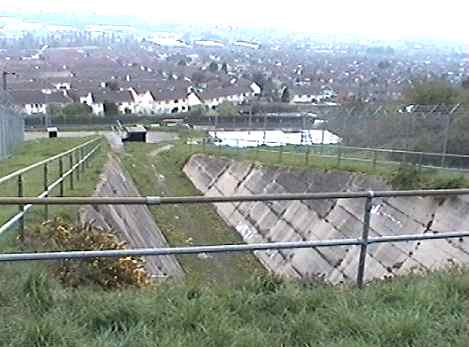
|
|
On
the Southern side of Portsdown at the end of the former service
road (Hillsea Road) there are 2 compounds about 70 yards apart; this
is the western one. This photo was taken on top of the portal looking
south towards Portsmouth Harbour.
|
|
| |
| |
| |

|
|
This
is the south eastern portal which gives access for servicing and
maintenance of the oil fuel reservoirs.
|
|
| |
| |
| |
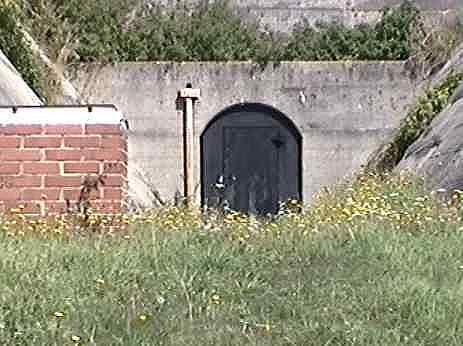
|
|
Close up shot of the
the portal shown above. The entire site is heavily protected by chain-link
fence and razor wire.
|
|
| |
| |
| |
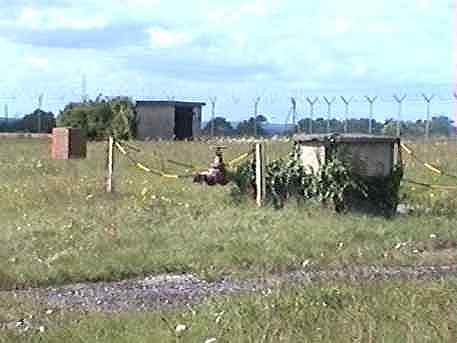
|
|
Valve
compound
on top of Portsdown, in North South alignment with Northern and
Southern compounds. There are 3 structures in it. In the foreground is a large valve.
In mid ground
is
a brick plinth, which is possibly the telephone access pit.
Further back is a
concrete
building which provides access to the underground pumping station..
|
|
| |
| |
| |
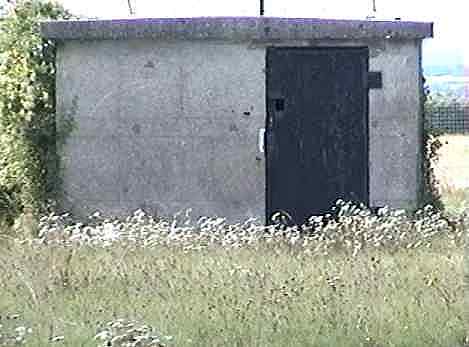
|
|
Close-up
of the concrete structure, with its substantial steel door. Inside
a stairway leads down to the tunnel complex. To the
East of this site is a huge plateau of spoil excavated from the Fuel
Bunkers.
|
|
| |
| |
| |
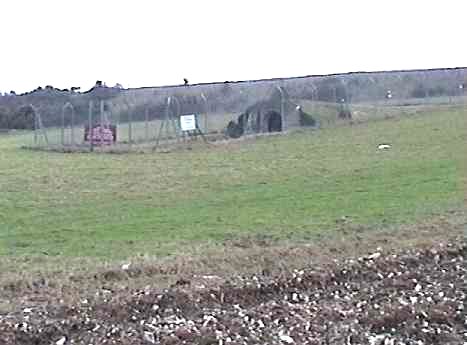
|
|
View
of the Northern side portal. In the background can be seen the
plateau of spoil generated from the tunnel construction, and which
houses the Valve Compound. This site is itself built on a second
huge spoil heap plateau which covers several acres, and
rises to 40 feet in places.
|
|
| |
| |
| |
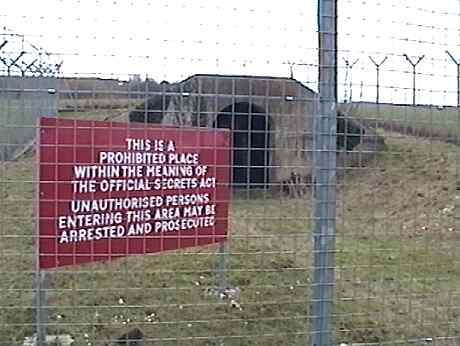 |
|
Close-up
of the Northern portal. There is no road access to this site
anymore. This portal probably had no operational use
(other than as a ventilation adit), but was used during
tunnel construction as a working tunnel to remove the spoil.
|
|
| |
| |
| |
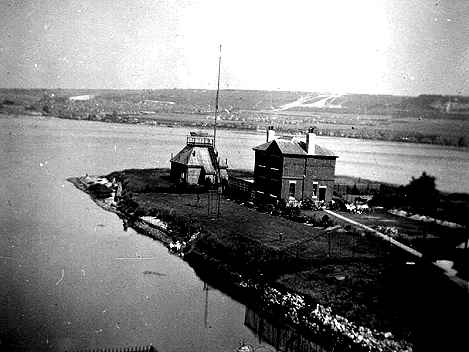 |
|
NEW
- 15-05-2004
This
is a mid 1930s photograph of Horsea House on Horsea Island in
Portsmouth Harbour looking north west. Of more interest is
Portsdown in the background. Breaking the skyline on the extreme
right is Fort Southwick and underneath it the Victorian chalk
spoilheap produced during the building of the Palmerston Forts. To
the left of this is a large chalk scar indicating that the fuel
bunkers are under construction.
Contributor:
John Wood
|
|
| |
| |
|
|
|
|
|

|















